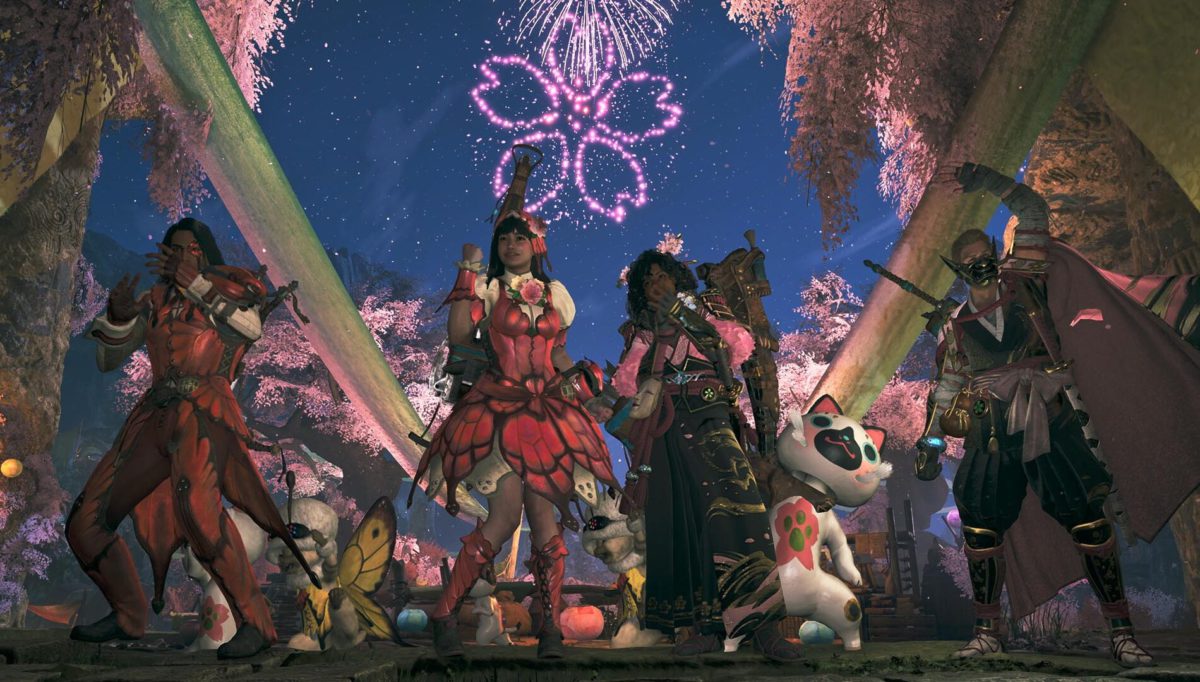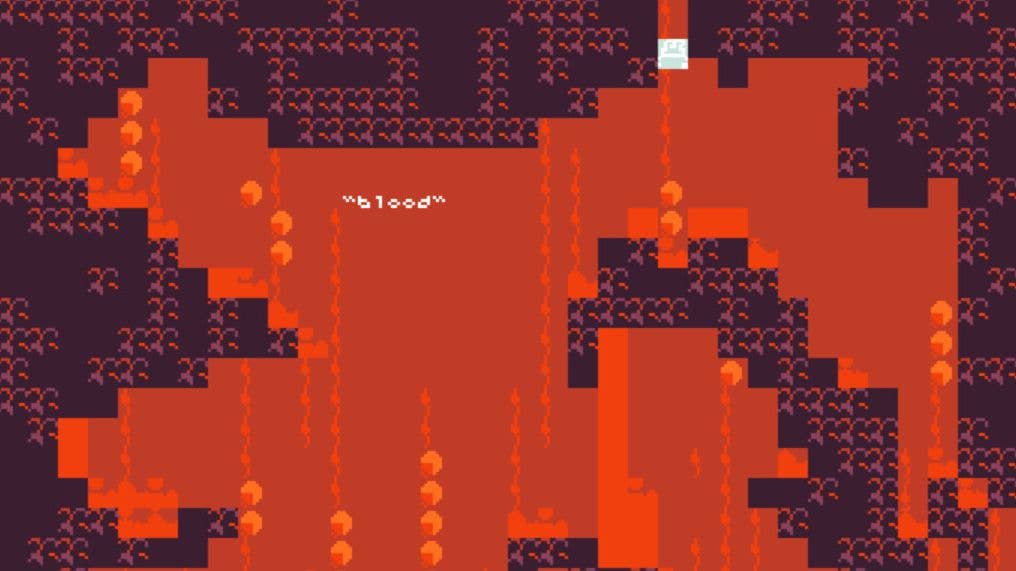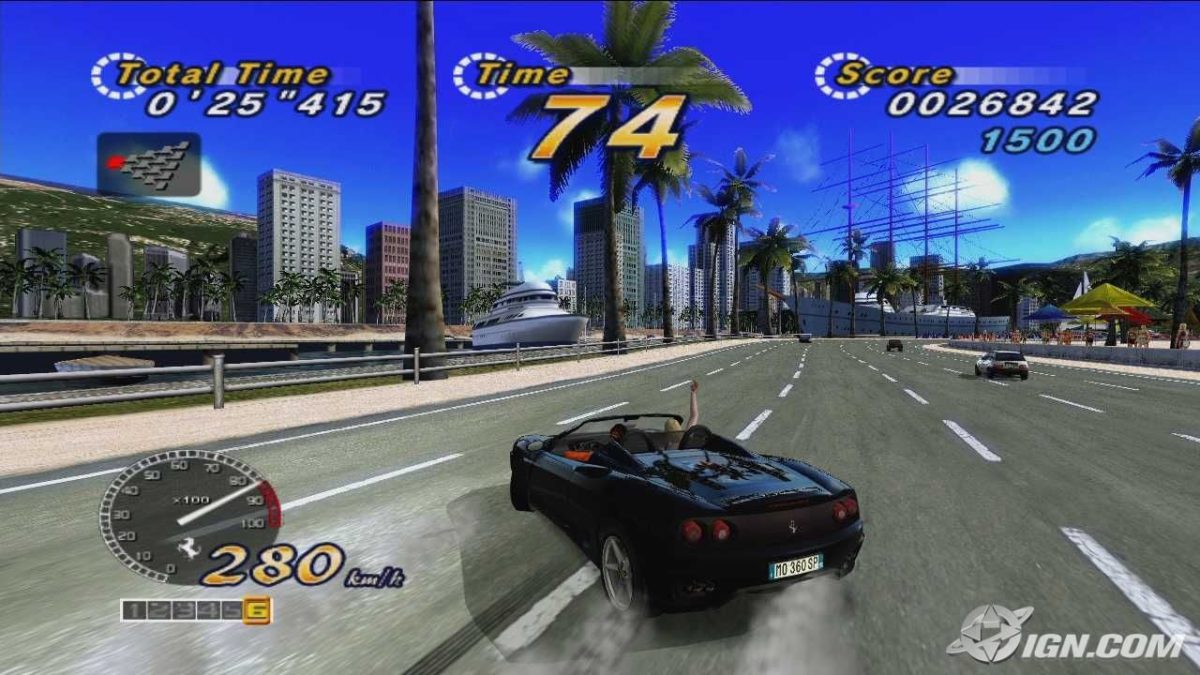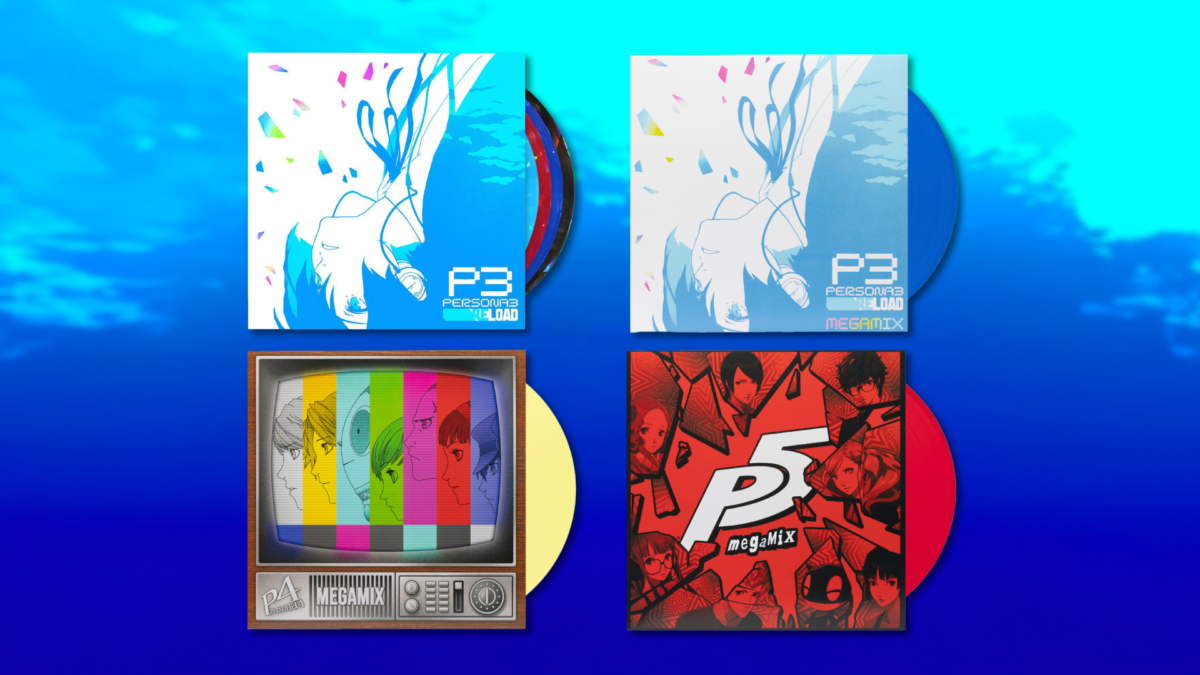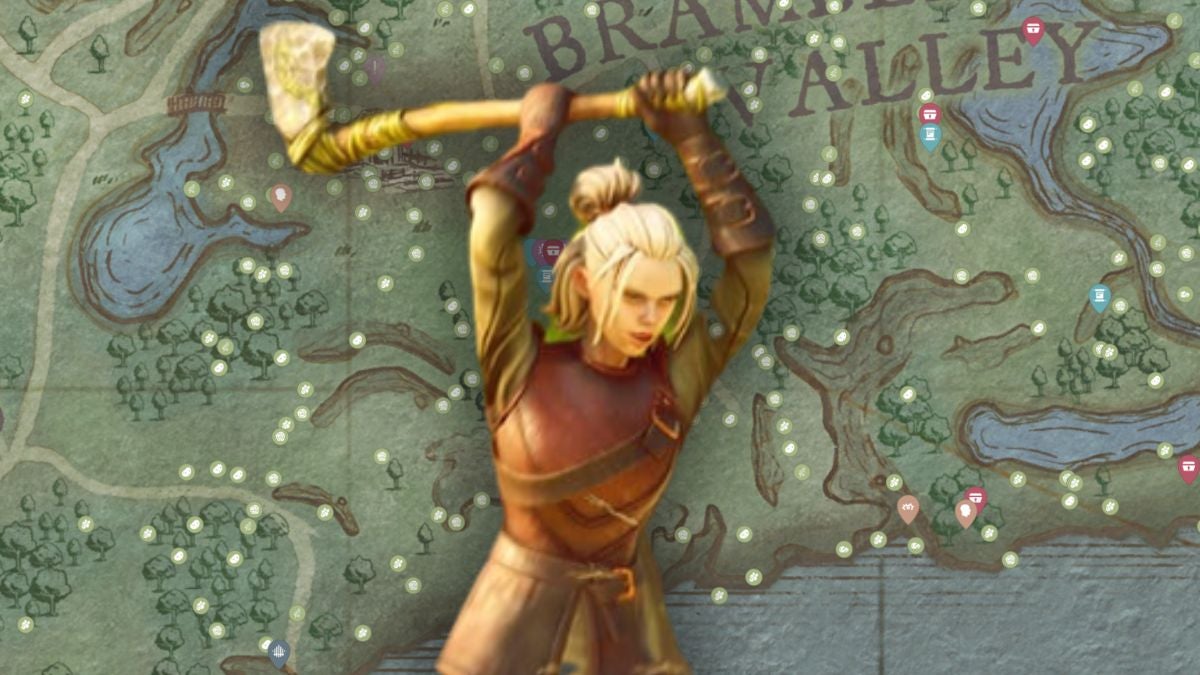Spring Blooms in Monster Hunter Wilds with the First Seasonal Festival!
Head to the Grand Hub in Monster Hunter Wilds and celebrate with your fellow hunters in the game’s inaugural seasonal festival – the Festival of Accord: Blossomdance – taking place starting today, April 22, to May 6!
In the recently added Grand Hub introduced in Free Title Update 1, you’ll find members of the Grand Hub dressed in spring themed attire, and the entire area decorated to match the season. Collect tickets to obtain special gear, take on limited time Event Quests, and enjoy the spring season to it’s fullest with hunters from around the world.
Join the Festival of Accord: Blossomdance from April 22, 2025, 5pm PT – May 6, 2025, 4:59pm PT (schedule subject to change). Be sure to update to the latest version of the game and reach Hunter Rank 16 or higher in the main story to access the Grand Hub.
Spring Has Arrived in the Grand Hub!
Bask in the splendor of the Grand Hub, themed with special décor to ring in the blossoming of spring. Songs performed by the illustrious Diva will change to match the seasonal event. You’ll also be able to order special meals at the Grand Hub using new vouchers, which are obtainable in-game through various ways, such as receiving your daily login bonus!
Forge Special Seasonal Event Armor!

New special equipment can be forged using tickets earned during the seasonal event! Obtain your login bonus each day and participate in special limited time Event Quests to earn them and craft these special themed armor sets!
Login Each Day to Receive Bonuses!
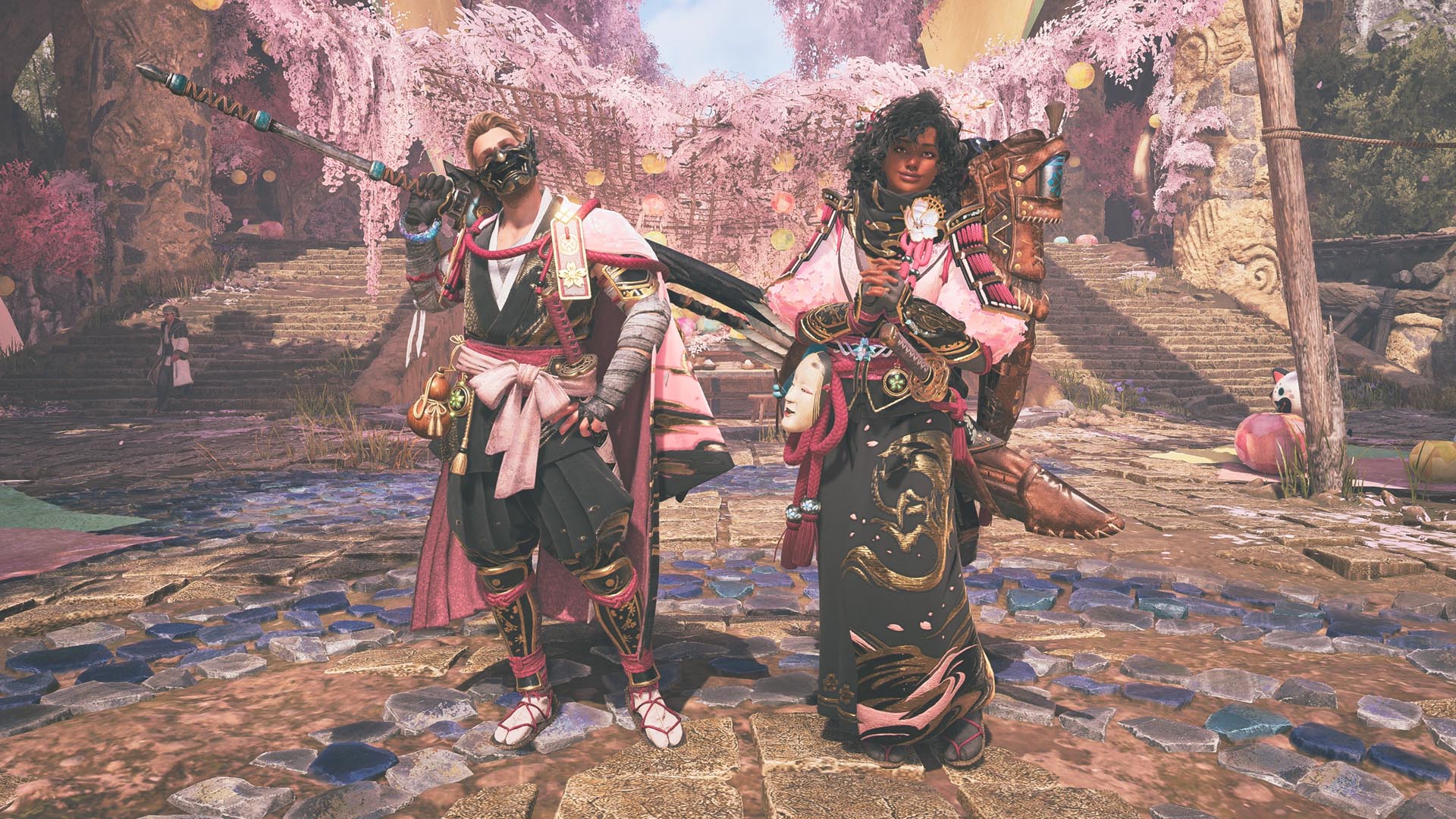
Throughout the entirety of the event, you’ll be able to receive daily special login bonuses to forge a variety of equipment and order special meals.
Use the special tickets to forge the free Sakuratide α series hunter armor, and the Felyne Papier-Mâché α series Palico armor.

During the seasonal event, certain quests will now reward tickets and Blossom Barrel Bombs if you have the Sakuratide α series hunter armor equipped! Take advantage of the armor’s special skill to gather those tickets and Blossom Barrel Bombs!
Regular login bonuses are also increased during the seasonal event! Each time you login, you’ll receive 2 Lucky Vouchers and 3 Barrel Bowling Vouchers. Special tickets and items will also be available through a Daily Limited Bounty, and the Provisions Stockpile will be holding a sale throughout the event!
The large barrel bomb in Barrel Bowling has a special seasonal design!
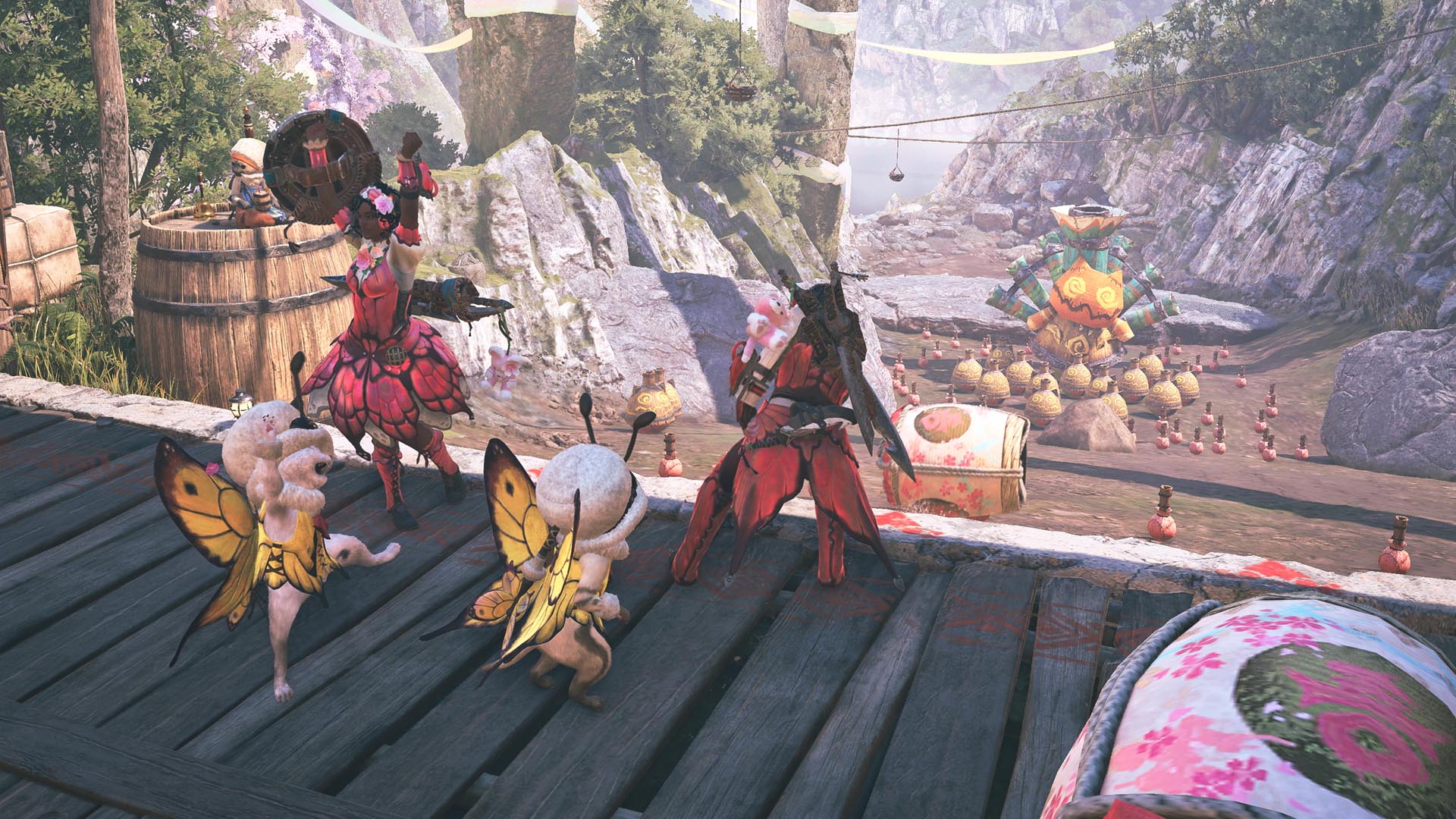
Let loose an explosion of fluttering cherry blossoms with the Blossom Barrel Bomb, available as a login bonus and through other activities!
Those who receive the login bonus during the event period will also receive the following limited contents:
Get special Seikret decorations to change the look and feel of your Seikret!

Get special Nameplates, Backgrounds, Poses, and Titles to use in your Hunter Profile!
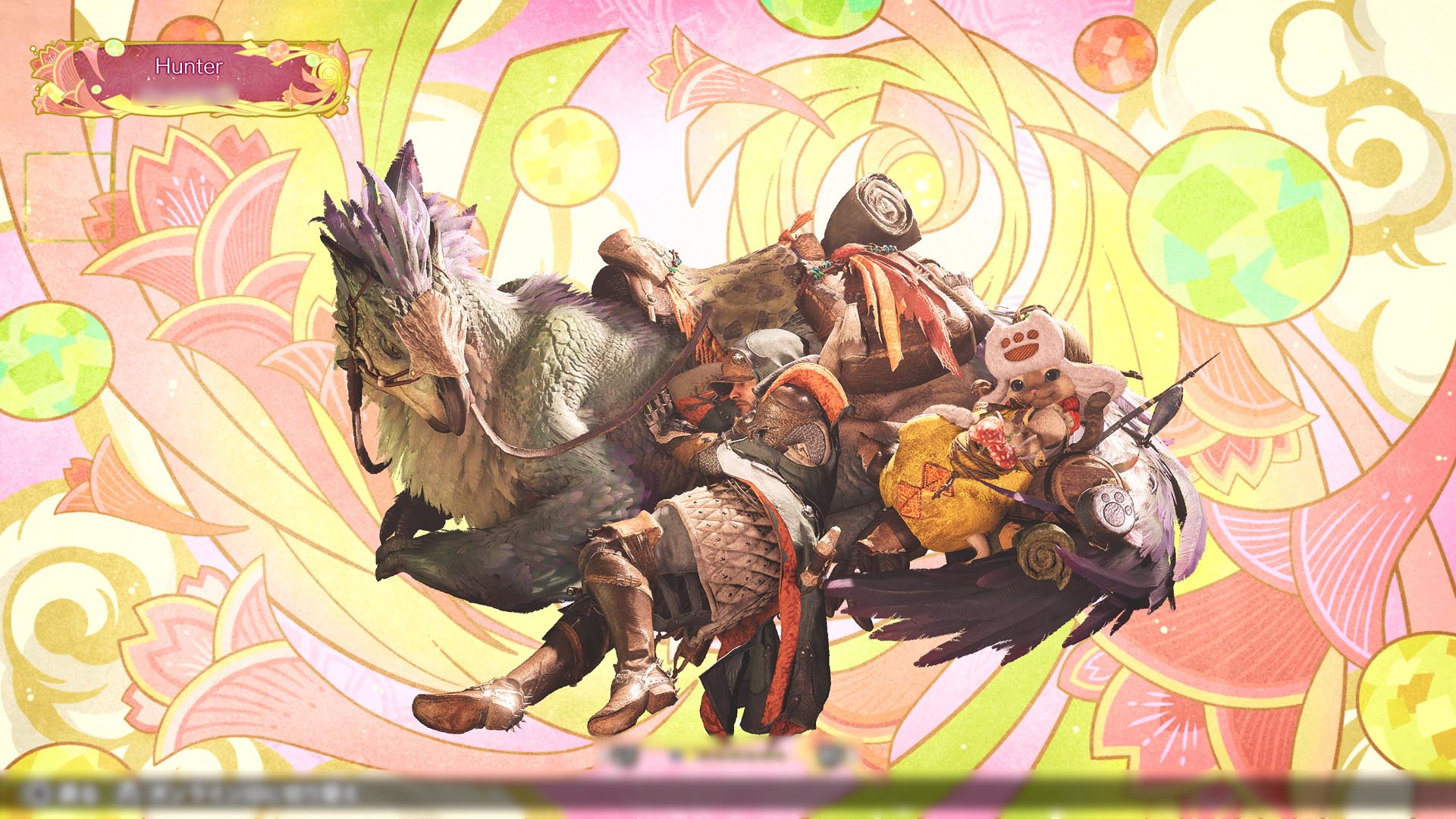
Bring the spring season to the hunt by customizing your pop-up camp with special items!
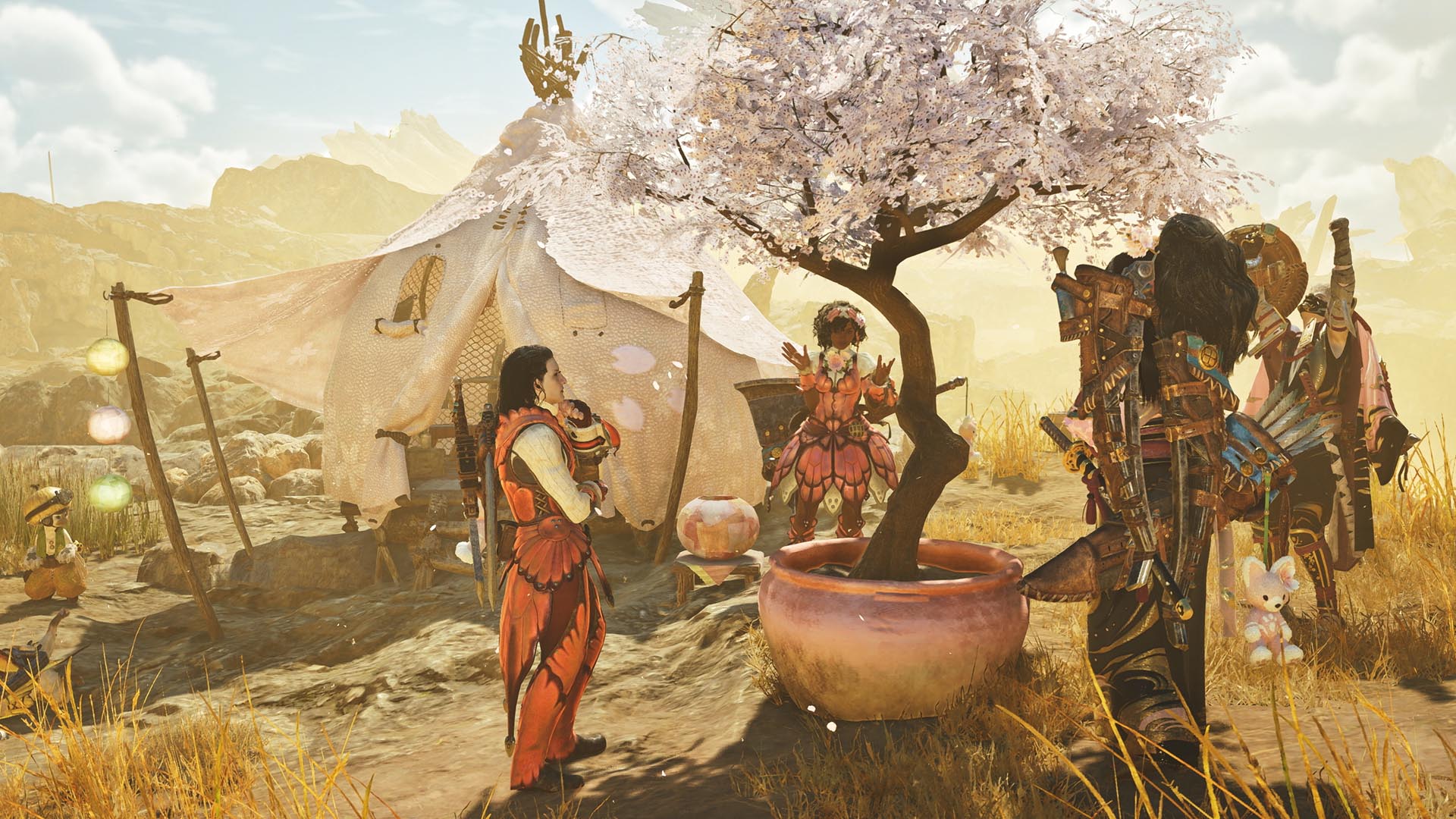
Express yourself with new free gestures!

New pendants and additional music (BGM) will also be available!
New and Returning Event Quests!
During the seasonal event, most of the previously released event quests will be returning, in addition to new limited-time event quests. Take on these Event Quests during the seasonal event!
Event Quest: “ Daughters of Carabosse”
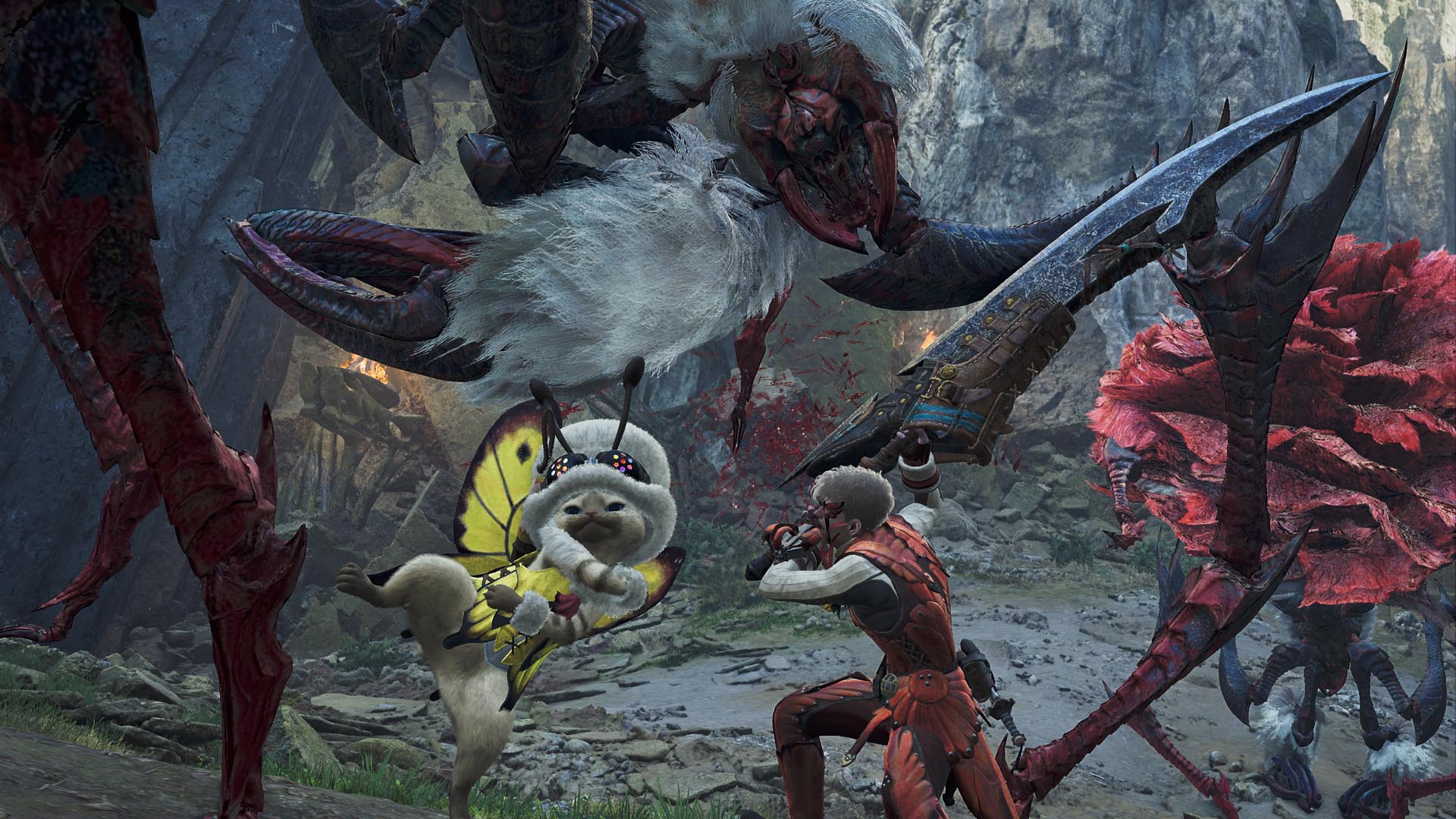
Gather special materials to obtain equipment Blossom α series and Palico equipment Felyne Butterfly α!
- Locale: Wounded Hollow
- Condition: HR 16 or higher
- Completion Conditions: Hunt 2 Lala Barina
Event Quest: “That Won’t Work on Me!”
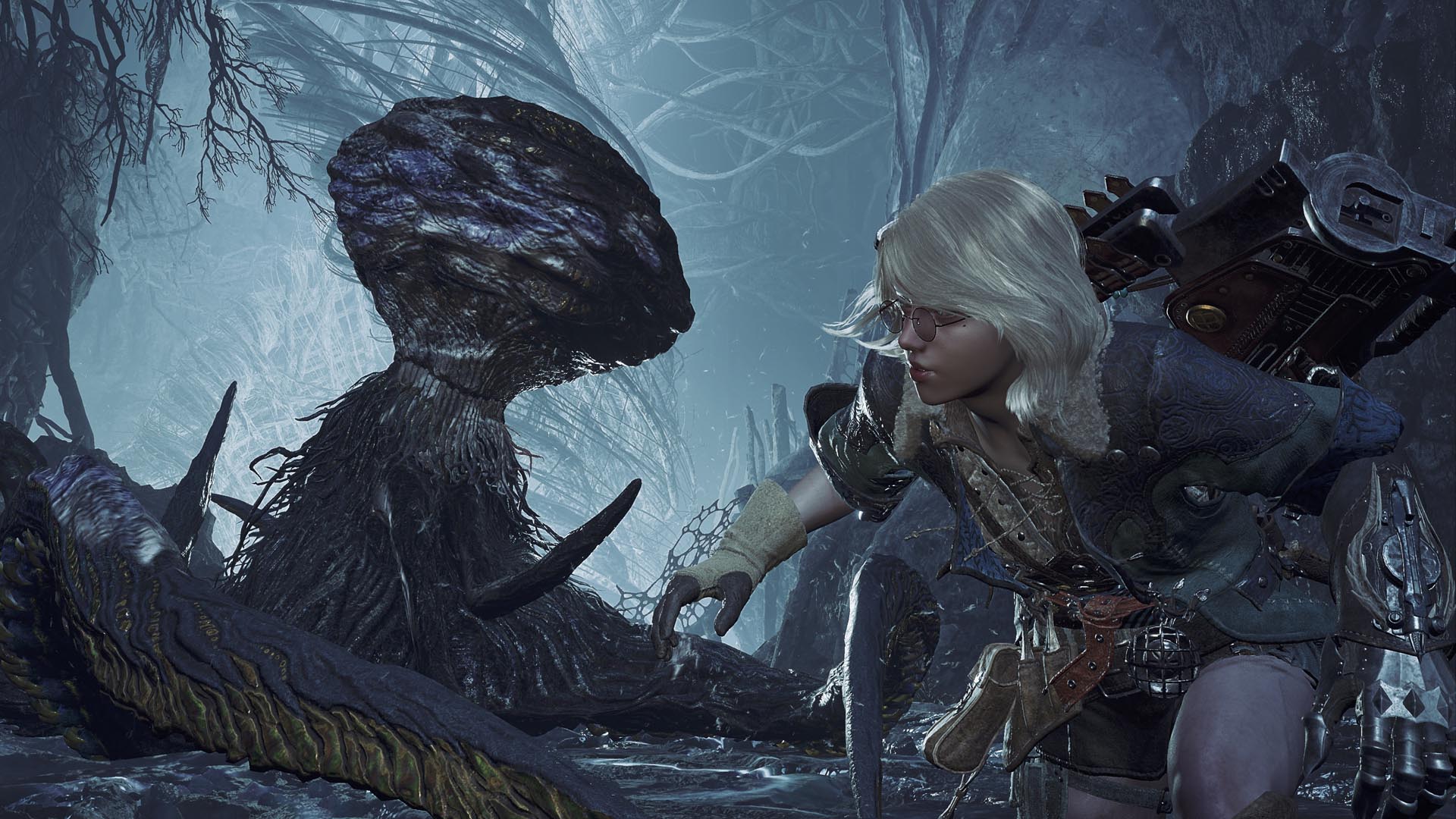
Gather special materials and obtain headgear like Sealed Eyepatch α as well as an outfit for Alma (Note: Game progression required to customize Alma’s outfit).
- Locale: Ruins of Wyveria
- Conditions: HR 31 or higher
- Completion Conditions: Hunt the Tempered Xu Wu
With the materials available in this event quest, Shadow Shades α and Round Glasses α can be forged, in addition to Sealed Eyepatch α head armor!
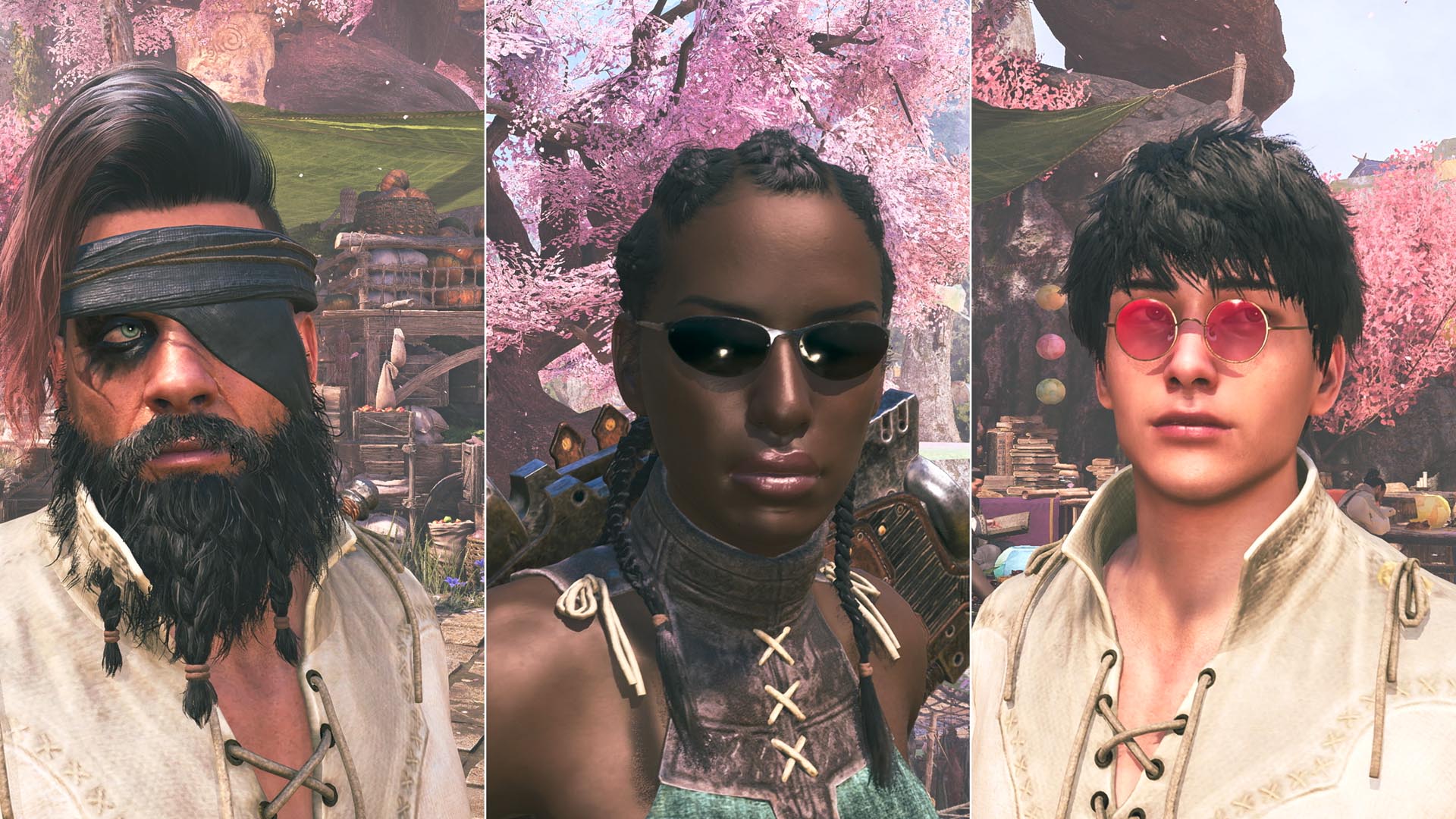
Once the Shadow Shades α and Round Glasses α are forged, they can also be used to give Alma a stylish new look!
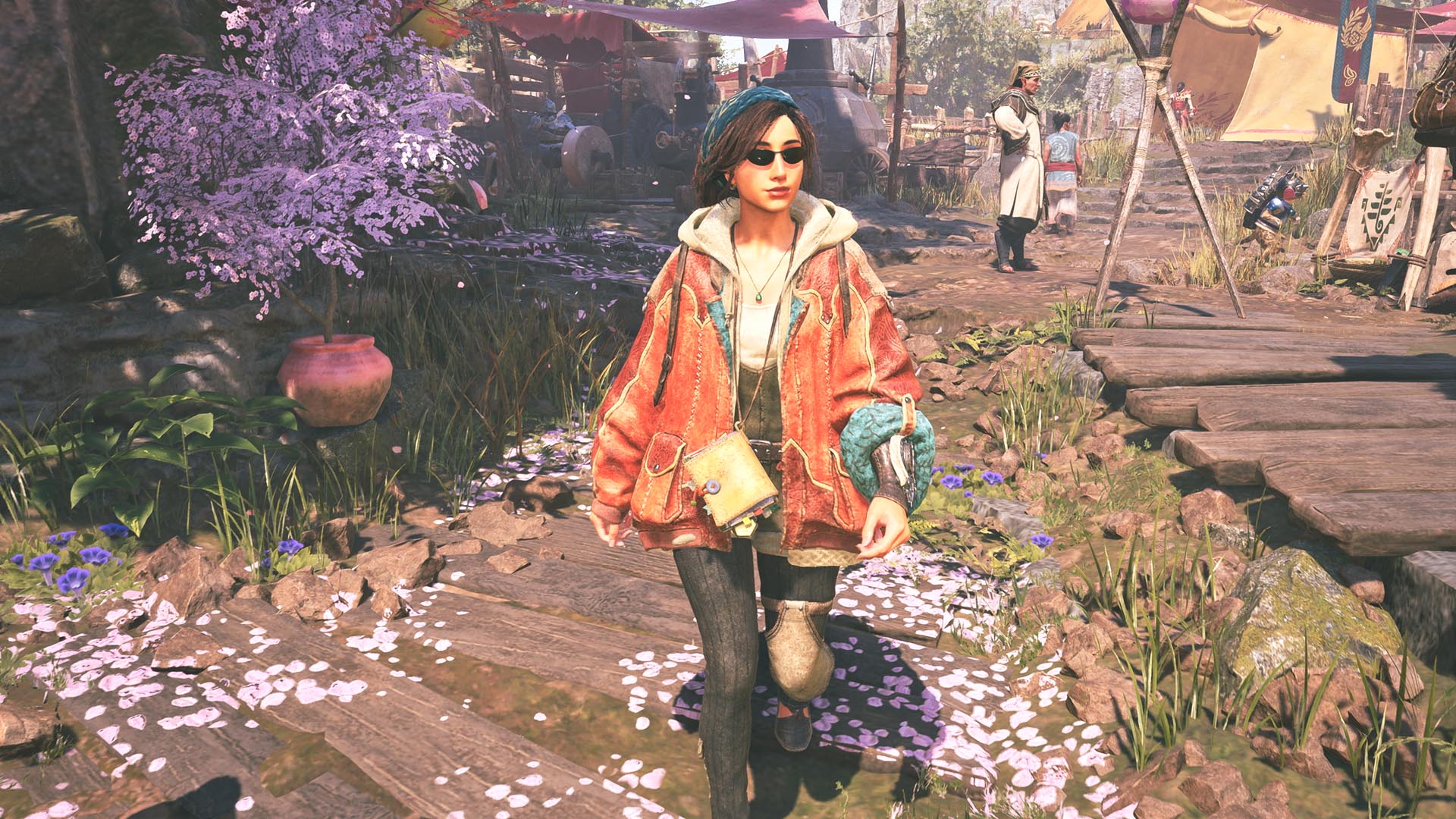
Visit the official Monster Hunter Wilds website to see the latest event quest schedule. The period of quests is subject to change without notice. This content may return after the event period.
Check Out Alma’s New Outfit for Free During the Event!
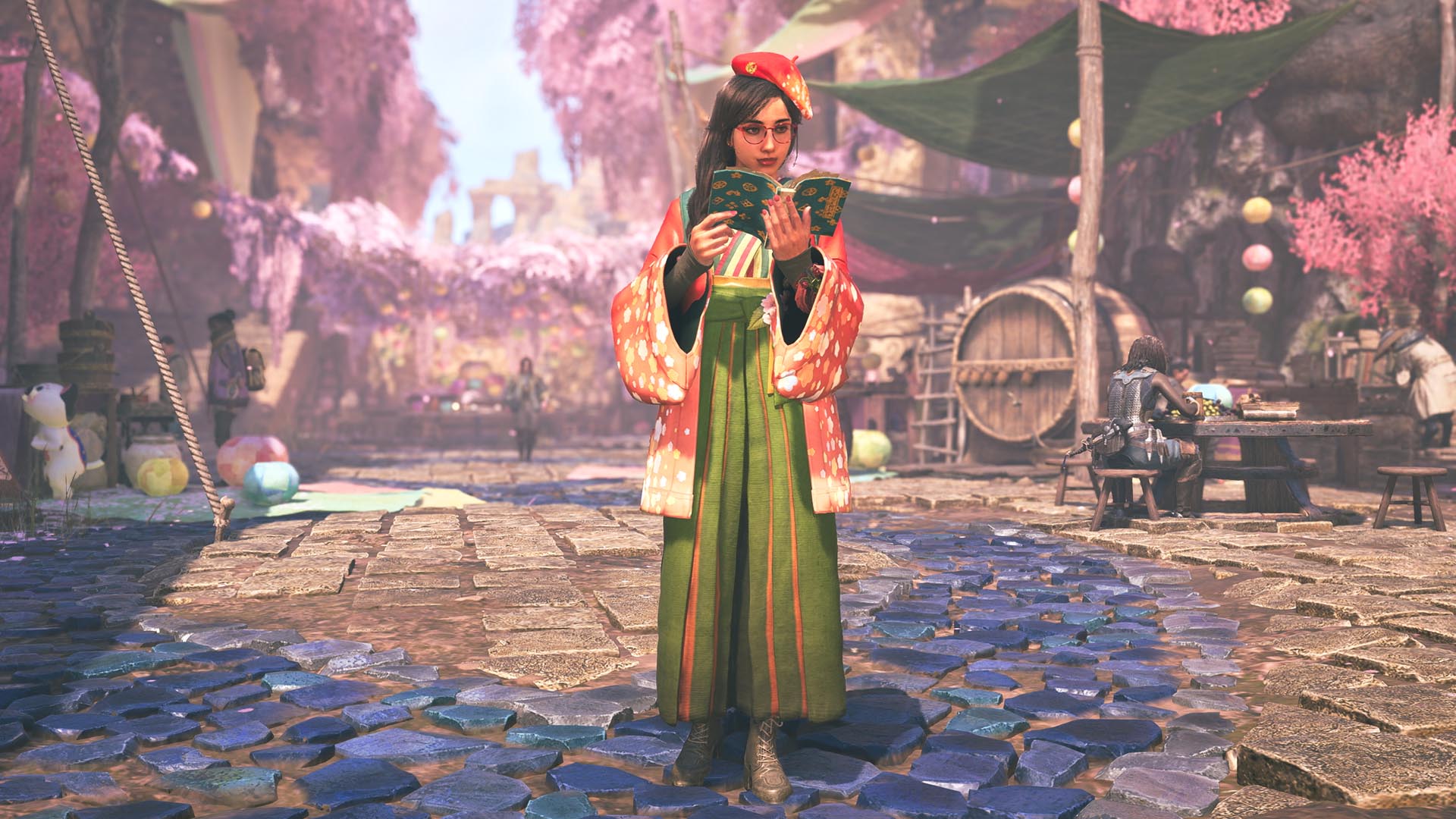
During the seasonal event, Alma will wear a special new outfit – the Spring Blossom Kimono! After the event ends, the outfit can be obtained as paid DLC as part of the Blossomdance DLC Pack, or as an individual item.
The Blossomdance DLC Pack will be available when the event starts and includes a variety of cosmetic items such as Seikret decorations and pendants, in addition to Alma’s costume. Please note: it may take some time for the contents to be reflected in the store.

Learn more about the lineup of DLC on the official website.
Monster Hunter Wilds
CAPCOM CO., LTD.
This is a story of monsters and humans and their struggles to live in harmony in a world of duality.
Fulfill your duty as a Hunter by tracking and defeating powerful monsters and forging strong new weapons and armor from the materials you harvest from your hunt as you uncover the connection between the people of the Forbidden Lands and the locales they inhabit.
The ultimate hunting experience awaits you in Monster Hunter Wilds.
Story
A few years past, a young boy named Nata was rescued at the border of the Forbidden Lands, an unexplored region the guild has yet to survey.
After hearing the boy’s tale of his lone escape from a mysterious monster that attacked his village, the Guild organized an expedition into the Forbidden Lands to investigate.
A Living World
Environments within the Forbidden Lands can drastically change as the weather shifts constantly and suddenly. During the harsh Fallow and perilous Inclemency periods, ravenous monsters will venture out to hunt in packs, yet during the Plenty periods, wildlife is rich and abundant.
Monsters
The monsters who inhabit these environments have been forced to adapt to the dynamic changes that occur, using their unique characteristics to survive and thrive.
Hunting
As the world around them changes, so must the hunters and their tactics. Not only will hunters have a multitude of weapons and armor to choose from, but the art of the hunt itself has evolved as hunters learn to anticipate monsters’ behavior and familiarize themselves with their environment.
Characters
From hunting partners to fellow expedition members, you’ll encounter plenty of those who will support you on your journey.
The post Spring Blooms in Monster Hunter Wilds with the First Seasonal Festival! appeared first on Xbox Wire.

